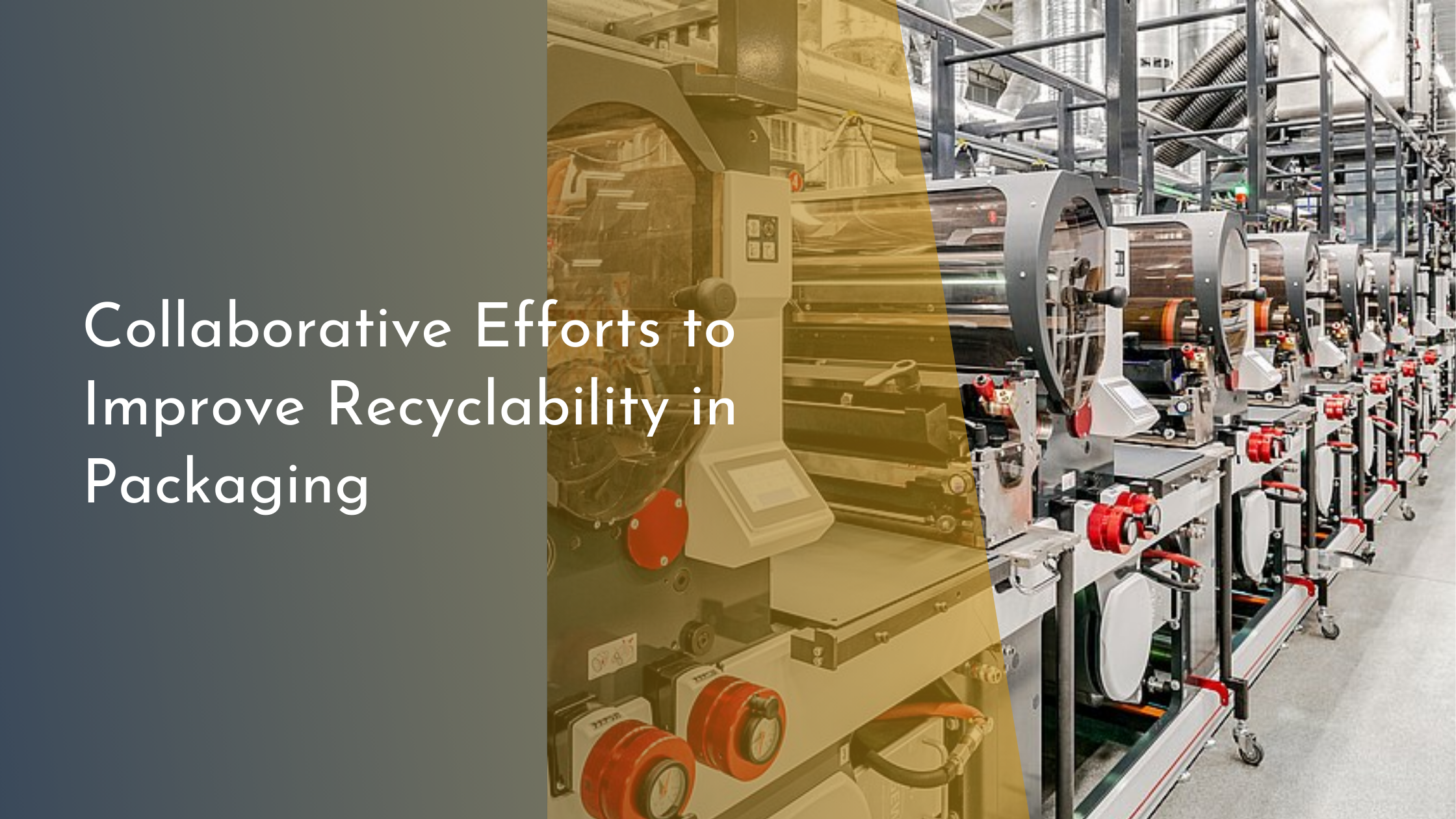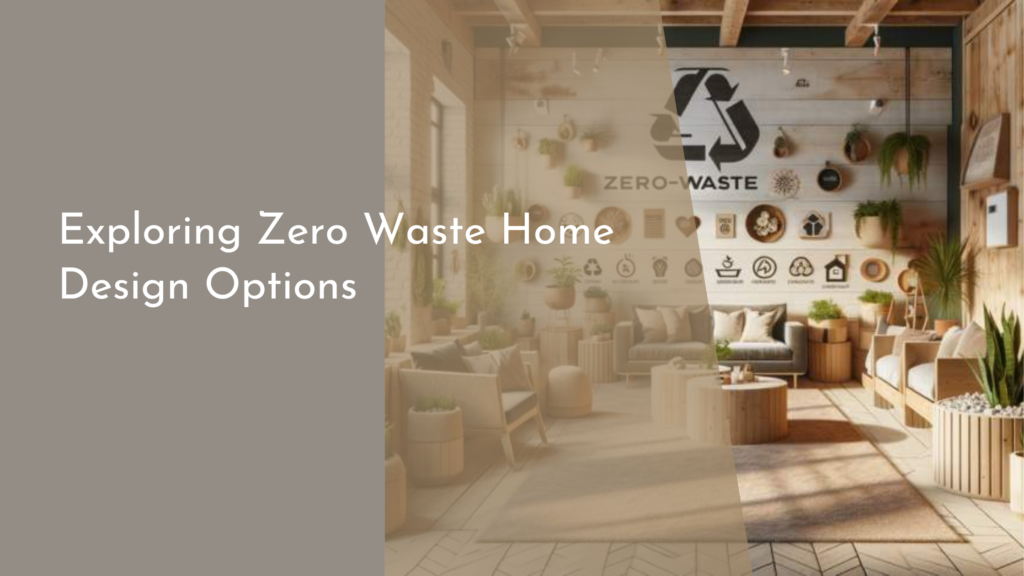Collaborative Efforts to Improve Recyclability in Packaging
The global packaging industry is at a pivotal juncture, grappling with the urgent need to address environmental concerns while meeting consumer demands. As waste management becomes a crucial topic, the focus has shifted towards improving the recyclability of packaging materials. This article delves into the challenges faced in managing packaging waste, explores innovative strategies being adopted to enhance recyclability, showcases collaborative efforts within the industry, and envisions a sustainable path forward.
Understanding the Challenges in Packaging Waste
Packaging waste represents a significant environmental challenge, with billions of tons ending up in landfills each year. This waste not only consumes valuable space but also contributes to pollution, affecting ecosystems and human health. One primary issue is the complexity of packaging materials, often made from a combination of plastics, metals, and coatings that complicate the recycling process. Additionally, lack of standardization in packaging design and the use of non-recyclable materials further exacerbate the problem, making efficient recycling a distant goal.
Consumer habits also play a crucial role in packaging waste management. While awareness about recycling is growing, improper disposal and contamination of recyclables remain prevalent issues. Many consumers are still unclear about the recyclability of different materials, leading to mixed waste streams that are challenging to process. The infrastructure for waste collection and recycling varies widely across regions, further complicating efforts to streamline recycling processes and reduce packaging waste.
Innovative Strategies for Enhanced Recyclability
To tackle the challenges of packaging waste, the industry is increasingly embracing innovative strategies focused on enhancing recyclability. One such approach involves designing for recyclability, where companies are prioritizing the use of single-material packaging that is easy to process. This design philosophy encourages the use of materials like mono-polymer plastics and paper-based solutions, which can be efficiently recycled without the need for complex sorting.
Technological advancements are also playing a pivotal role in improving recyclability. New sorting technologies, such as advanced optical sorting systems, are being developed to more accurately separate materials in recycling facilities. Additionally, chemical recycling is emerging as a promising solution, offering the ability to break down complex plastics into their basic components, which can then be reused to create new materials. These efforts not only enhance recycling rates but also contribute to the creation of a circular economy, where resources are reused and repurposed efficiently.
Collaborative Success Stories in the Industry
Collaboration among stakeholders in the packaging industry is proving to be a key driver of success in improving recyclability. Major brands, recycling companies, and governmental bodies are partnering to establish standardized guidelines for packaging design that prioritize recyclability. Initiatives like the Ellen MacArthur Foundation’s New Plastics Economy Global Commitment have brought together over 450 organizations to collectively work towards a shared vision of a circular economy for plastics.
Retailers are also stepping up, working closely with packaging suppliers and recycling experts to create more sustainable packaging solutions. For instance, some supermarket chains have launched programs to eliminate unnecessary packaging and switch to fully recyclable or compostable alternatives. These collaborative efforts demonstrate the power of industry-wide cooperation in driving significant environmental change, showcasing how joint initiatives can lead to tangible improvements in packaging recyclability.
A Bright Future: The Path Forward in Recycling
The future of packaging recycling is promising, with ongoing developments poised to make a significant impact. As awareness and technological capabilities grow, so does the potential to create closed-loop systems where waste is effectively minimized. Governments are increasingly implementing policies that support recycling infrastructure and incentivize companies to adopt sustainable packaging practices. These regulatory measures, combined with corporate responsibility, are setting the stage for a more sustainable packaging ecosystem.
Consumer education and involvement are also essential components of the path forward. As consumers become more informed about the recyclability of various packaging materials, they can make more conscious choices that support recycling efforts. Furthermore, as more companies adopt transparency in their packaging processes and recycling systems, consumers can actively participate in and advocate for sustainable practices. The combined efforts of industry stakeholders, governments, and consumers paint a hopeful picture for the future, where recycling is not just a possibility, but a fundamental part of everyday life.
The collaborative journey towards improved recyclability in packaging is well underway, marked by innovative strategies, successful partnerships, and a shared commitment to sustainability. By continuing to address challenges, embrace technological advancements, and foster cooperation across the industry, a brighter, more sustainable future for packaging is within reach. With everyone playing their part, we can look forward to a world where packaging waste is significantly reduced, contributing to a healthier planet for generations to come.


